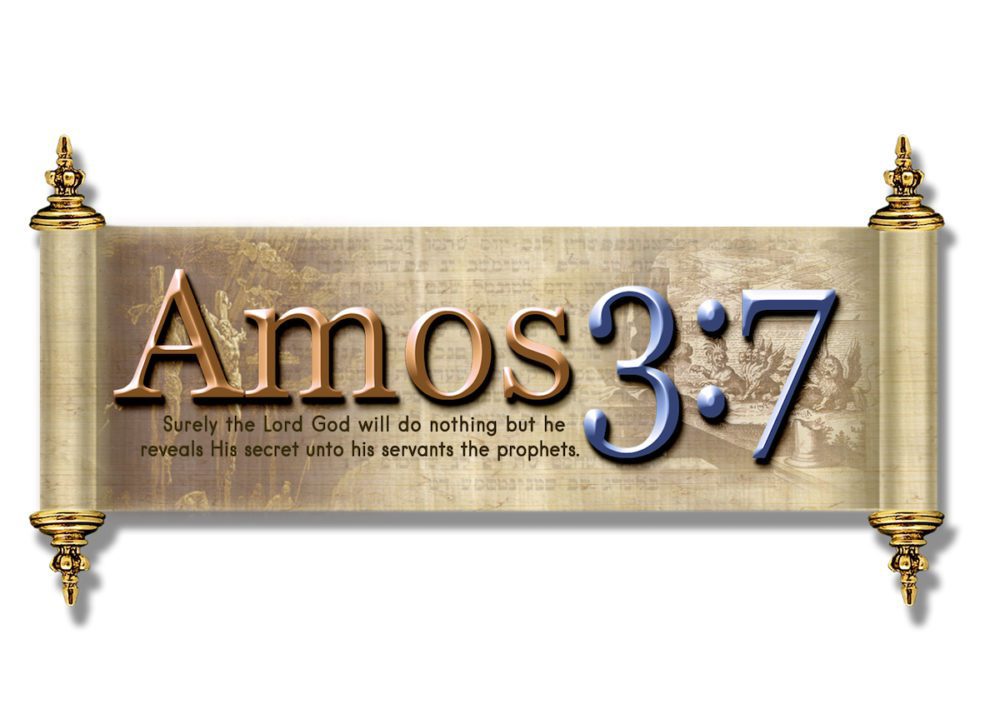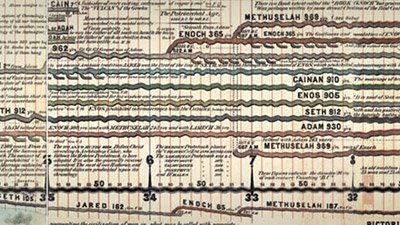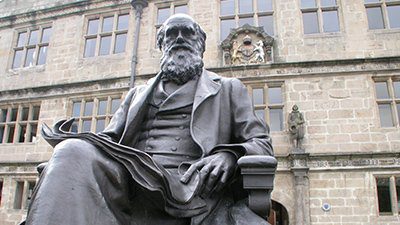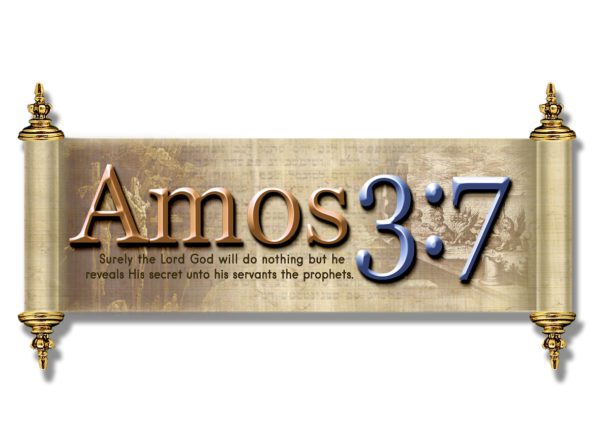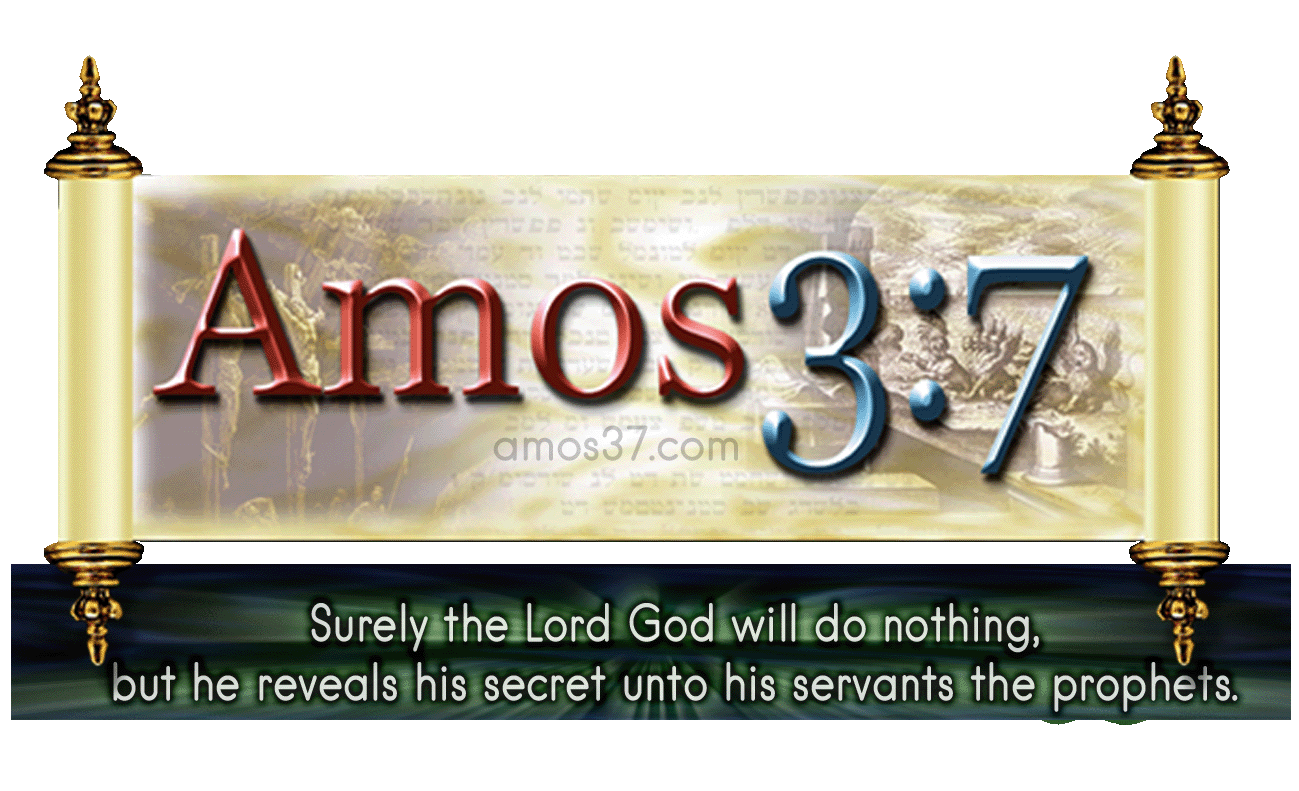The genealogical list in Genesis can teach us more than just a list of names; it is the story of our historical ancestors.
Imagine the possible headlines of long ago:
“Methuselah and Adam Have Long Talk”
“Noah outlives great, great, great grandson Peleg”
“Shem and Abraham go fishing”
Many people are unfamiliar with the historical figures in Genesis. It is sometimes difficult to believe that people lived such long lives, too—although they did. There is much to learn from these patriarchs (an early father of the human race). But let’s simply do some introductions to the group here.
The Great Ages
Many of the ancient people listed in the Bible’s genealogies lived very long lives. Methuselah holds the title of oldest-known man at 969 years old. After he died, the Flood came.
After the Flood, we see the ages of these men declining. For example, Noah lived to be 950 years old, Shem to 600, Shelah to 433, and Abraham to 175.
| Patriarch | Age | Bible reference | |
|---|---|---|---|
| 1 | Adam | 930 | Genesis 5:4 |
| 2 | Seth | 912 | Genesis 5:8 |
| 3 | Enosh | 905 | Genesis 5:11 |
| 4 | Cainan | 910 | Genesis 5:14 |
| 5 | Mahalalel | 895 | Genesis 5:17 |
| 6 | Jared | 962 | Genesis 5:20 |
| 7 | Enoch | 365 (translated) | Genesis 5:23 |
| 8 | Methuselah | 969 | Genesis 5:27 |
| 9 | Lamech | 777 | Genesis 5:31 |
| 10 | Noah | 950 | Genesis 9:29 |
| 11 | Shem | 600 | Genesis 11:10–11 |
| 12 | Arphaxad | 438 | Genesis 11:12–13 |
| 13 | Shelah | 433 | Genesis 11:14–15 |
| 14 | Eber | 464 | Genesis 11:16–17 |
| 15 | Peleg | 239 | Genesis 11:18–19 |
| 16 | Reu | 239 | Genesis 11:20–21 |
| 17 | Serug | 230 | Genesis 11:22–23 |
| 18 | Nahor | 148 | Genesis 11:24–25 |
| 19 | Terah | 205 | Genesis 11:32 |
| 20 | Abram (Abraham) | 175 | Genesis 25:7 |
| 21 | Isaac | 180 | Genesis 35:28–29 |
| 22 | Jacob (Israel) |
Table 1. Ages of the Patriarchs from Adam to Jacob
Until the Flood (Noah’s day), living to about 900 years old was the norm . . . unless you were Enoch or Lamech. Like Elijah, Enoch was translated without dying (Genesis 5:23; Hebrews 11:5). Lamech, it seems, was a bit unusual by being about a quarter of a century away from making 800.
The Overlaps
It is hard to imagine that Abraham could have spoken to Shem (Noah’s son), who surely talked to his great-grandfather Methuselah, who in turn could have spoken to Adam, the first man, directly. Although the Bible never records that Adam and Methuselah or Abraham and Shem met, that possibility is likely. Consider the other patriarchs that could have talked to one another:
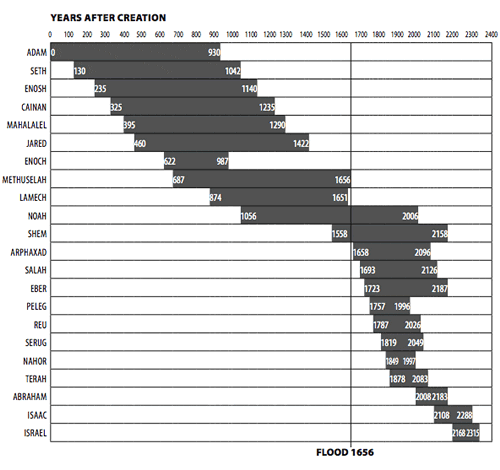
Table 2. Patriarchs from Adam to Israel (Jacob)
Everyone today shares the same lineage from Adam to Noah, since only Noah’s family survived the Flood. After the Flood, Noah’s three sons and wives populated the earth. Noah had three sons: Japheth, Shem, and Ham (Genesis 9:24, 10:21).
The list of men in the table above record Shem’s line to Abraham, Isaac, and Jacob, who is also called Israel. Israel had twelve sons, and through his son Judah, the Bible traces the genealogy of Jesus Christ (Luke 3:23–38). The book of Genesis ends with the death of Joseph at 110 years old, one of Israel’s others sons.
Extra-biblical Support
Other ancient cultures have legendary periods or ancient kings lists that support the vast ages of the patriarchs. For example, the Sumerian kings list has eight kings whose lives span a great period of time. Then, accordingly, the Flood came. Removing Enoch, who was translated, and Noah, who survived the Flood, these eight could easily “match up” with remaining pre-Flood patriarchs.1
Greek myths point to the patriarchs as well, equating Zeus and Hera as deified corruptions of Adam and Eve.2 The Chinese also have a legendary period with various rulers. Some researchers have said:
Could it be that the Legendary Period recalls a time when the ancestors of China’s first dynasties were indeed kin to Noah’s descendants before the great dispersion of mankind over the earth?
Since all peoples of earth are descended from Noah or his sons, the early Chinese ancestors were likely contemporaries of Noah, who lived 350 years after the flood (Genesis 9:28). Therefore, information could have been passed to them by word-of-mouth, even Noah himself. He in turn, obtained historical data from his father Lamech, who was 56 years old when Adam died.
Thus, all the details of creation and life before the flood could have been passed to the Chinese from Adam with only two intermediaries, Lamech and Noah.3
Such recollections support the idea that information passed from Noah to his descendants who then spread across the globe. (though other accounts were prone to corruption).
Are There Gaps?
The genealogies are very specific in giving the age of the father when the son is born.4 However, in some translations of the Bible in Luke 3:36, there seems to be an extra Cainan. Because of this, some have proposed that there may be gaps in the genealogies. However, one needs to understand this specific instance better. Expositor Dr. John Gill points out:
This Cainan is not mentioned by Moses in #Ge 11:12 nor has he ever appeared in any Hebrew copy of the Old Testament, nor in the Samaritan version, nor in the Targum; nor is he mentioned by Josephus, nor in #1Ch 1:24 where the genealogy is repeated; nor is it in Beza’s most ancient Greek copy of Luke: it indeed stands in the present copies of the Septuagint, but was not originally there; and therefore could not be taken by Luke from thence, but seems to be owing to some early negligent transcriber of Luke’s Gospel, and since put into the Septuagint to give it authority: I say “early,” because it is in many Greek copies, and in the Vulgate Latin, and all the Oriental versions, even in the Syriac, the oldest of them; but ought not to stand neither in the text, nor in any version: for certain it is, there never was such a Cainan, the son of Arphaxad, for Salah was his son; and with him the next words should be connected. . . .5
This appears to have been one of a few copyist mistakes that have crept into the manuscripts after Luke wrote the original, inspired manuscript.6 Others have pointed our how this error could have occurred rather easily.7 There is no legitimate reason to introduce gaps into the genealogies—other than the desire to extend the dates based on extra-biblical ideas.
Conclusion
The book of Genesis spans nearly one-third of world history, but sadly in today’s church, much of it is overlooked. Perhaps if we realized the heritage that each of us have from these ancient patriarchs, we would gain a better understanding of where we came from and where we are going. Romans 4:3 says:
For what does the Scripture say? “Abraham believed God, and it was accounted to him for righteousness.”
Surely, there is much to learn from our ancestors.
